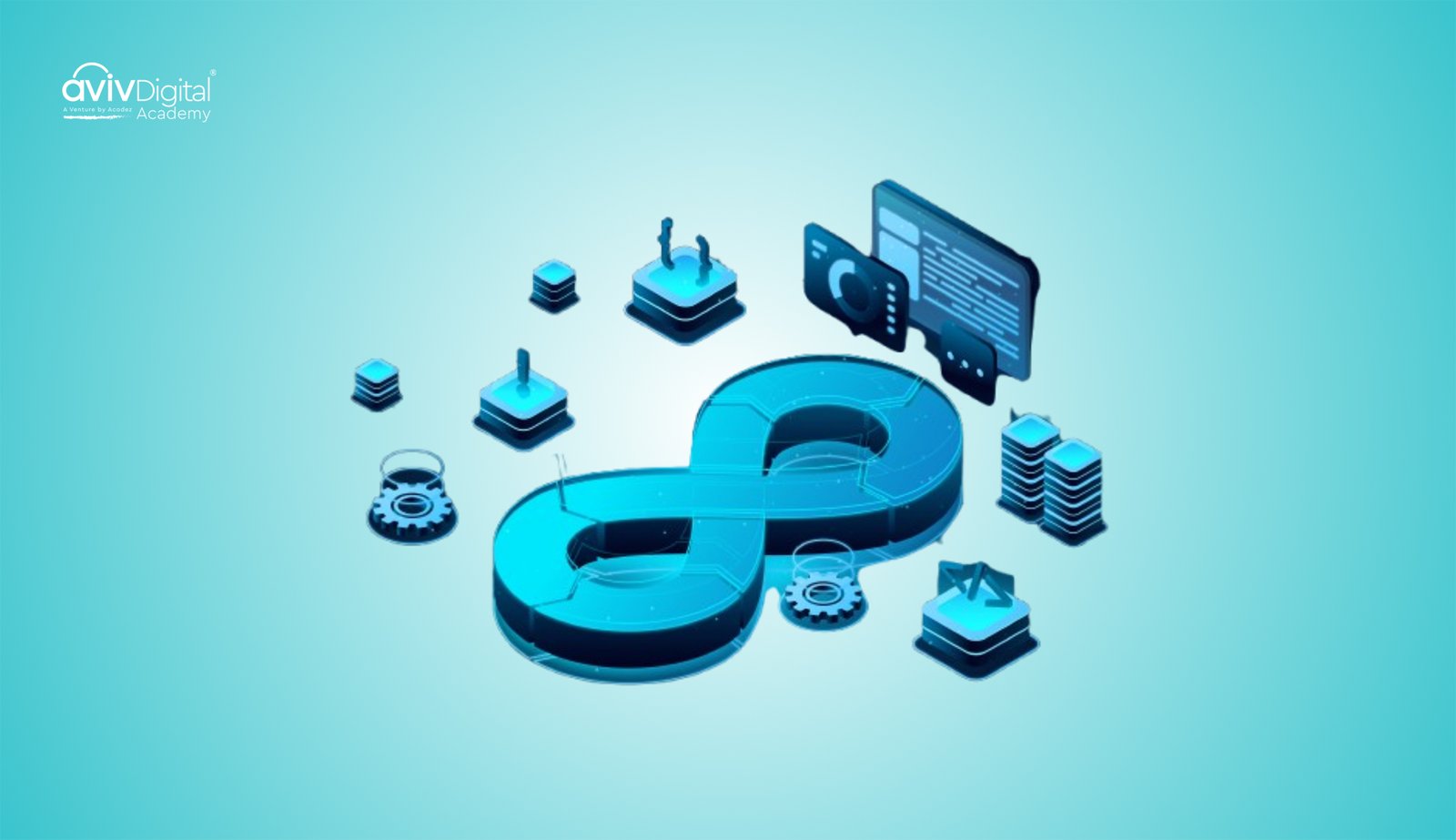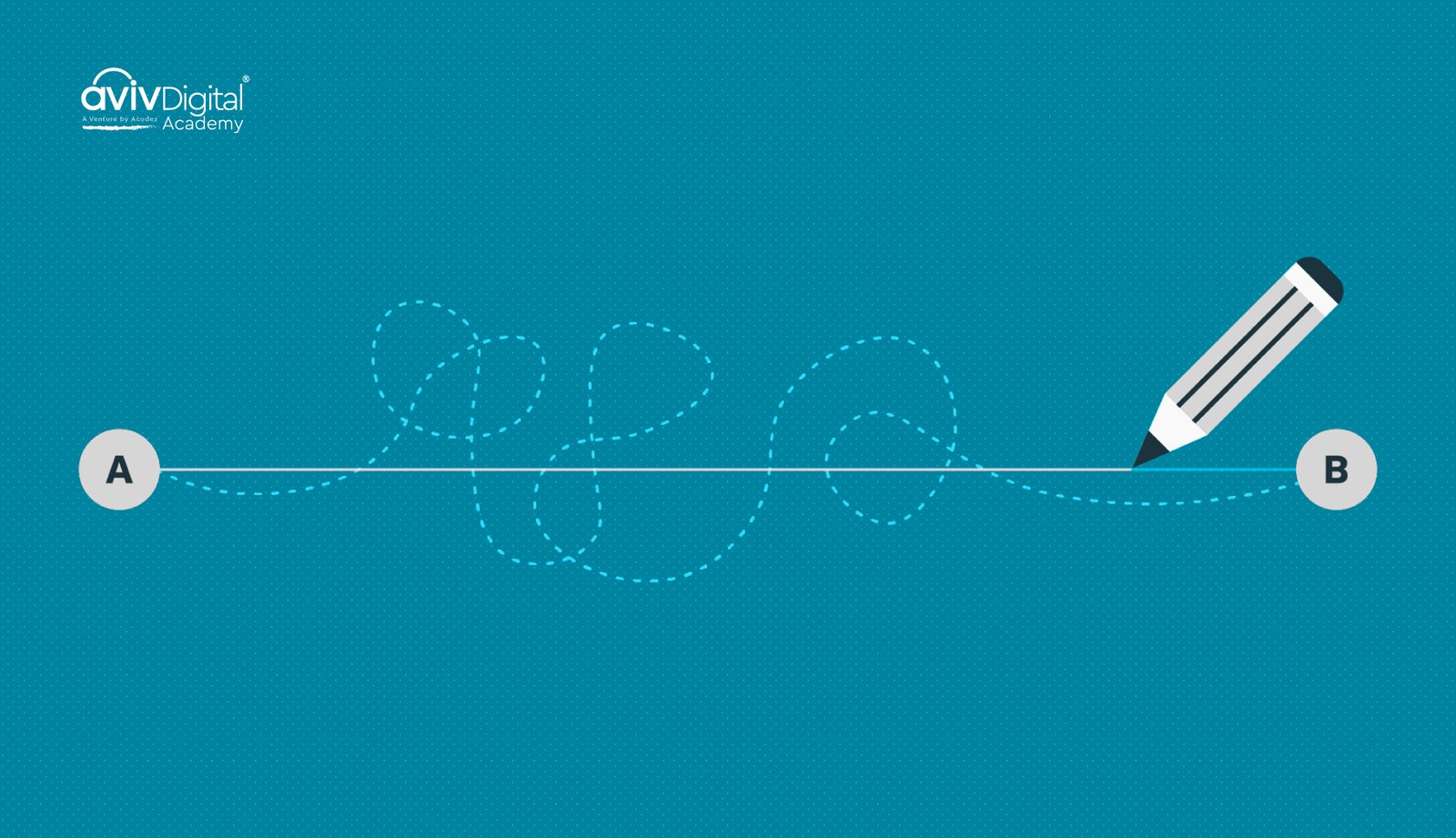
Our Digital realm is transforming the world, and the prevalence of consuming more visual content has reduced the attention span of most, and the need for appealing designs in daily use objects online or offline is high. UI/UX design is at the peak, and creative designs that grab the users’ attention, along with intuitive, smooth and consistent, are relevant more than ever. Designers follow certain principles, trends and tactics to keep the users intact. Among such strategies, the KISS principle in UI/UX design is one of the most effective design principles. Let’s explore the KISS principles and their influence in detail.
What is the KISS Principle?
KISS is the short form of the Keep It Simple, Stupid principle. KISS principle is the principle or practice in UI/UX design to focus on what’s important and strip away useless elements from the designs. KISS principles don’t always have to be minimal, but using or implementing what helps the user, what makes the user flow smooth, useful and fast. KISS principle uses simple and clear language, easy-to-understand layouts, and assists the user in navigating directly to the desired action.
Why KISS Principle Necessary?
KISS principle matters for numerous reasons, from its convenience to the effectiveness top facts on its relevance are as follows:
- User Attention and Engagement Statistics: The average human attention span has dropped to just 8.25 seconds in 2024, shorter than a goldfish’s 9-second attention span. 94% of first impressions are design-related, making visual simplicity crucial for user retention.
- Lower Cognitive load: It’s obvious that users can only perceive a few elements or things at once. Research shows that users can form an opinion about a website within 50 milliseconds, making cognitive load reduction crucial for first impressions. The Keep it Simple principle, as its name suggests, keeps things simple, assisting users from any confusion
- Quick decisions: Simple and Concise UI lets the user make quick decisions, task completion and conversions. UX improvements can lead to an average 75% increase in task completion rates, though this has decreased from 247% in 2006-2008.
- Enhanced Accessibility: Being easy to read, navigate and operate and being simple makes the design more accessible.
- Effortless building and maintenance: The KISS principle forces to implementation of simple elements and objects, making the building process easier and comes with fewer bugs and performs faster.
- Mobile-first and friendly: The Majority of users online use mobile devices, which enables quick browsing and scrolling on the go. 60% of global website traffic now comes from mobile devices, with 53% of mobile users leaving a website if it takes longer than 3 seconds to load. Therefore, it’s necessary to make the design mobile optimised. KISS principle helps here as well with mobile-first reality. Apps incorporating simple navigation and in-app messaging experience a 46% increase in user retention
How Does the KISS Principle Work?
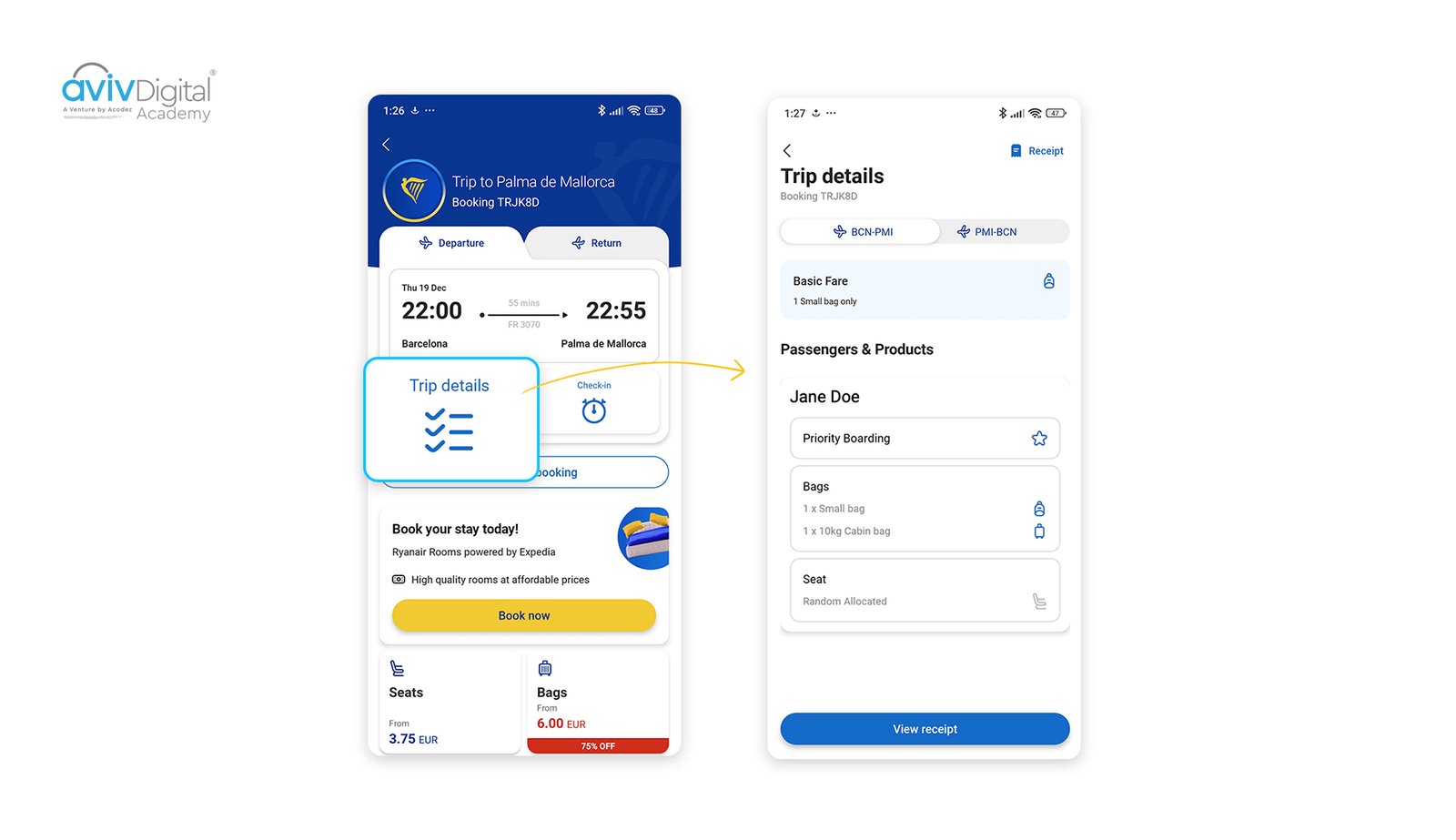
Take a look at how the Keep it Simple, Stupid principle or KISS principle works. Knowing how this works helps in easy implementation and better understanding of the design dynamics, and provides an overview of what works and what doesn’t.
- One or a Primary action: Every page or each screen in the design must have an obvious action or a few simple actions. This makes the desired action or output faster and smoother.
- Progressive disclosure: This works by displaying only what is necessary and reveals more when the user is prompted to know more.
- Chunking break: This part of the KISS principle just breaks long-form content into easy-to-understand and logical bite-sized steps or visuals.
- Implements defaults: Uses sensible placements of elements and standard user behaviour adjustment in order for them not to think and immediately take action
- Plain language: Simple and effective use of language, such as short direct labels and microcopy for easy comprehension
- Reduction of choices: this tends to reduce and cut down unwanted or irrelevant options to a viable set
- Visual hierarchy: Having a well-followed visual hierarchy is vital since it’s a core principle of UI/UX design. Using ideal size, spacing, colour and contrast to guide the eye.
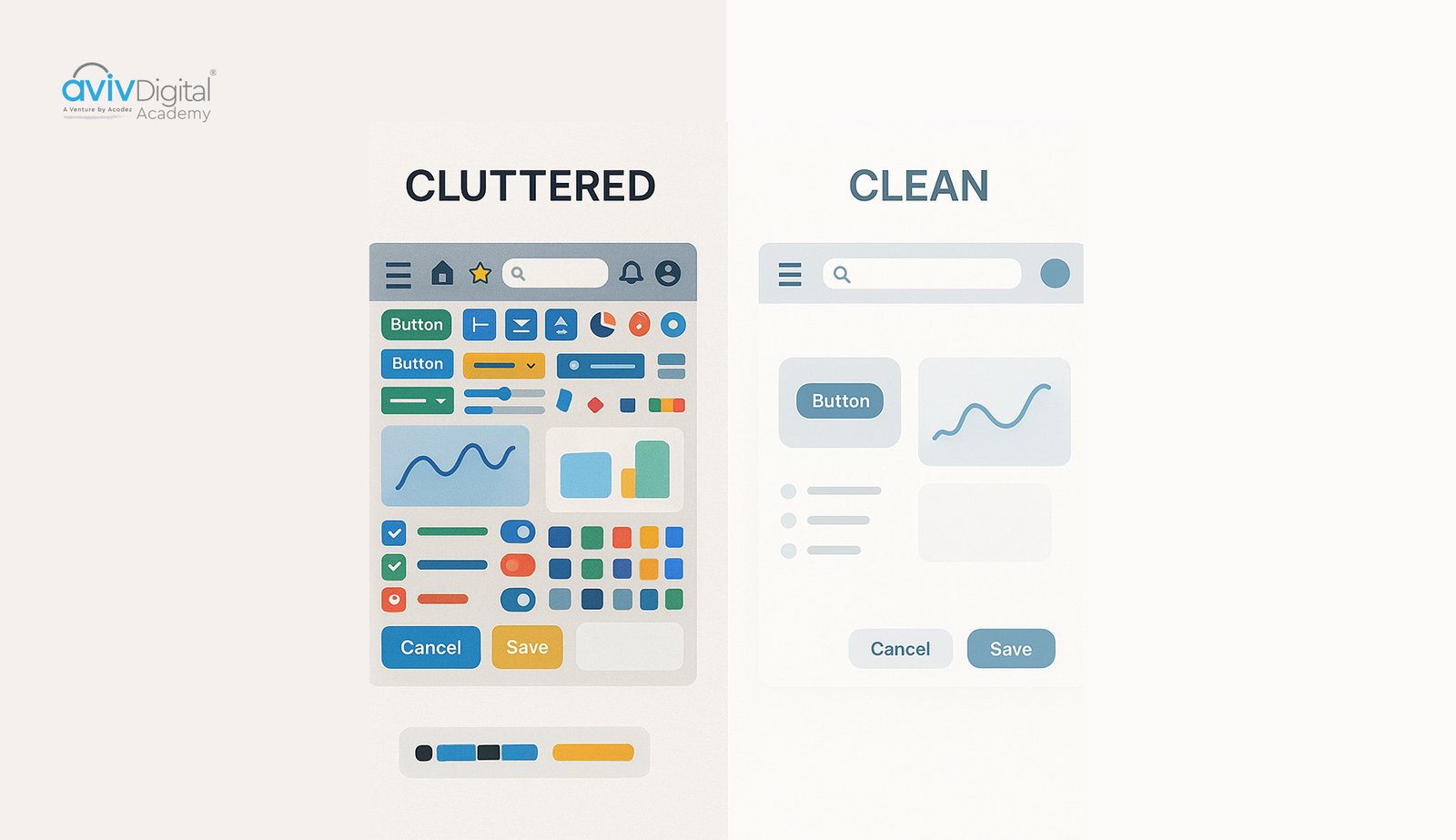
When to Use the KISS Principle?
The kiss principle in UI/UX is a very effective tactic and therefore can be used anytime. But some of these scenarios mentioned seem to use the KISS principle best. They tend to maximise the benefits and showcase what the actual KISS principle is
- In scenarios where you build an MVP or prototype KISS principle is ideal or offers effective results.
- To design an onboarding page or signup flows which require simple UI and UX KISS principle is the right method to follow.
- To create forms or a checkout process
- To optimise mobile experience implementation, as most users are online on smaller or mobile devices
- If the site or application is pressured by time or distracted often, it’s already too late to use KISS, but it must be implemented as soon as possible.
- For reducing support tickets or errors, you might be in need of an effective strategy that is ideally KISS among many.
Who Can Use the KISS Principle?
Almost everyone on the product and service team, as well as some from marketing, can use it. But these people have the best opportunity to use this effective UI/UX strategy to the fullest
- As is obvious, UI/UX designers can use this principle
- Product managers can use the KISS principle to leverage sales and KPIs for a certain product or service.
- Developers, while developing a simple design, want it to work effectively can use it
- Content Writers or UX writers can follow to use simplified language and make the most of plain and short written content
- KISS principles can also be used as an effective marketing strategy if much thoughts are given to it. The visual appeal, simplicity and better user experience as a marketing agent at times. Aside from marketing, growth teams can also utilise KISS to leverage their process.
How to Apply KISS Marketing? Step-by-Step Guide
To properly implement the Keep it Simple, Stupid, follow these simple and effortless steps.
- Understand the user goal: What the user must accomplish on the page is the first step.
- Include and list everything on the current page or screen
- Anything that doesn’t support the user goal must be removed or avoided in most cases.
- Design the main action or navigate towards the end goal with the design making the important action look more obvious
- With the use of advanced options or secondary tasks, utilise progressive reveal for an intuitive approach
- To ensure its feasibility, test with real users to see where they hesitate to make a decision
- Leverage relevant metrics and analytics to measure improvements
Common Mistakes While Applying the KISS Principle
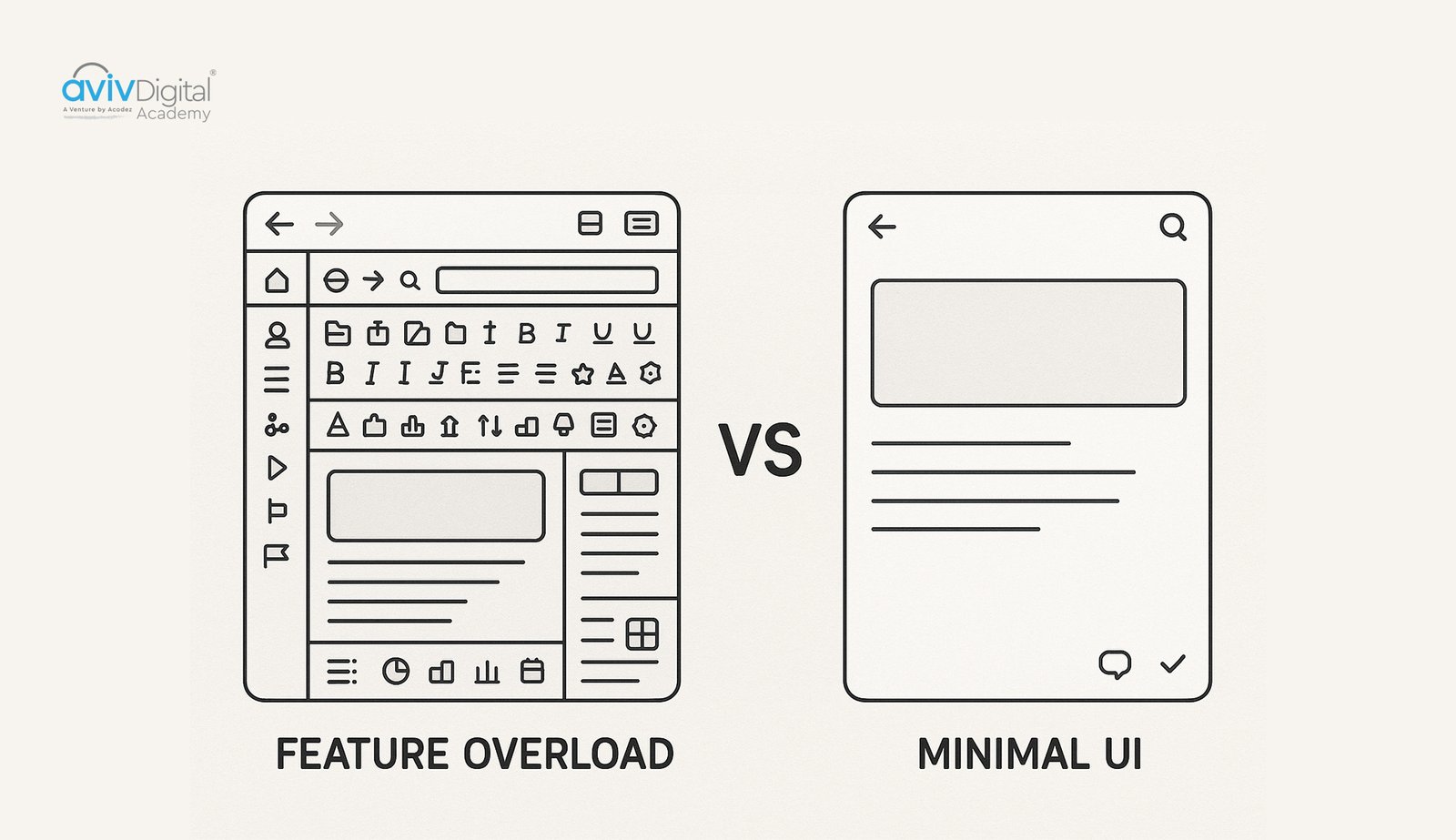
Here are some common mistakes while applying the KISS principle. Take note of these to avoid damaging your design or project.
- Oversimplifying by removing necessary features might make the design ineffective
- Putting essential actionables behind menus is another common mistake in the KISS principle. This hurts the discoverability
- Never mistake simplicity with poor usability; not having many features shouldn’t be hidden under simplicity.
- Understand that not every complex system can be simplified. Failing to understand this is a very common mistake among UI/UX designers
In summary, the KISS principle is amongst the most effective UI/UX principles that simplifies and offers a smooth experience and quick decision-making. Using relevant tools and pairing with other processes like usability testing, A/B testing and measuring relevant metrics like task completion rate, time on task, drop-off, error rate, and conversion rates gives you an idea of proper implementation and maximising the benefits with the kiss principle. KISS principle is not just a style but a mindset.
Aviv Digital Academy is one of the leading UI UX Design Course in Calicut. We offer a comprehensive curriculum designed to equip you with the skills and knowledge necessary to thrive in the design industry. Our programs provide a comprehensive Guide to become a UI/UX Designer. For more details, Contact us at: +91 8156998844
Frequently Asked Questions
What are the challenges of balancing simplicity and necessary features in UX design?
The main challenge is removing unnecessary elements while keeping essential functionality. Focus on user goals first, prioritise core features through user research, and use progressive disclosure to reveal advanced options only when needed
How can you avoid feature creep when applying the KISS principle?
Set clear product vision from day one, prioritize features using frameworks like RICE (Reach, Impact, Confidence, Effort), limit user input to core needs, conduct regular roadmap reviews, and start with an MVP approach.
Does the KISS principle work for complex applications or only simple products?
KISS works for both simple and complex applications. For complex systems, focus on simplifying the user interface and interaction patterns rather than the underlying functionality. Break complex tasks into simple, logical steps
How does KISS improve maintainability and scalability in digital products?
Simple designs require fewer resources to build and maintain, have fewer bugs, are easier to test and modify, and allow faster development cycles. This makes products more flexible and adaptable to future changes
What are some common misconceptions about the KISS principle in design?
Common misconceptions include thinking KISS means removing all features, confusing simplicity with poor usability, over-simplifying to the point of losing necessary functionality, and believing complex systems can’t benefit from simplified interfaces





